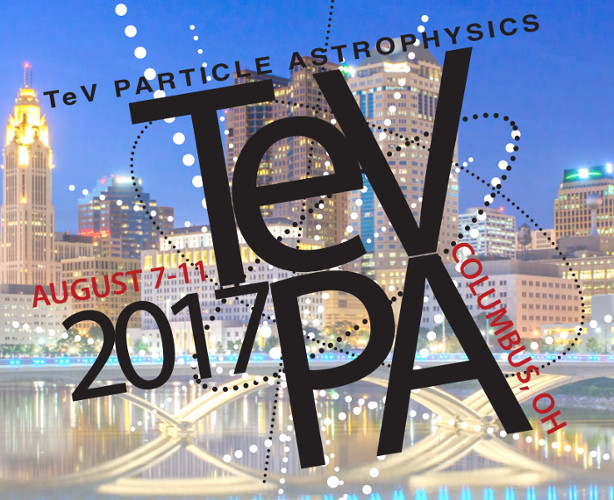Speaker
Description
The CALorimetric Electron Telescope (CALET) space experiment, which has been developed by Japan in collaboration with Italy and the United States, is a high-energy astroparticle physics mission to be installed on the International Space Station (ISS). The primary goals of the CALET mission include investigating possible nearby sources of high energy electrons, studying the details of galactic particle propagation and searching for dark matter signatures. During a two-year mission, extendable to five years, the CALET experiment will be measureing the flux of cosmic-ray electrons (including positrons) to 20 TeV, gamma-rays to 10 TeV and nuclei with Z=1 to 40 up to 1,000 TeV. The instrument consists of two layers of segmented plastic scintillators for the cosmic-ray charge identification (CHD), a 3 radiation length thick tungsten-scintillating fiber imaging calorimeter (IMC) and a 27 radiation length thick lead-tungstate calorimeter (TASC). CALET has sufficient depth, imaging capabilities and excellent energy resolution to allow for a clear separation between hadrons and electrons and between charged particles and gamma rays.
The instrument was launched on August 19,2015 to the ISS. Since the start of operation, a continuos observation has successfully being kept. We will have a summary of the CALET observation: 1) Electron energy spectrum, 2) Proton and Nuclei spectrum, 3) Gamma-ray observation, with results of the performance study on orbit. We also present the results of observations of the electromagnetic counterparts to LIGO-VIRGO gravitational wave events.




